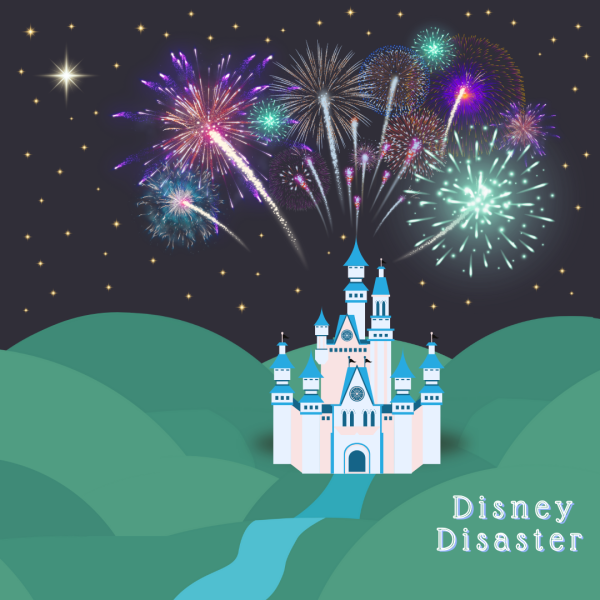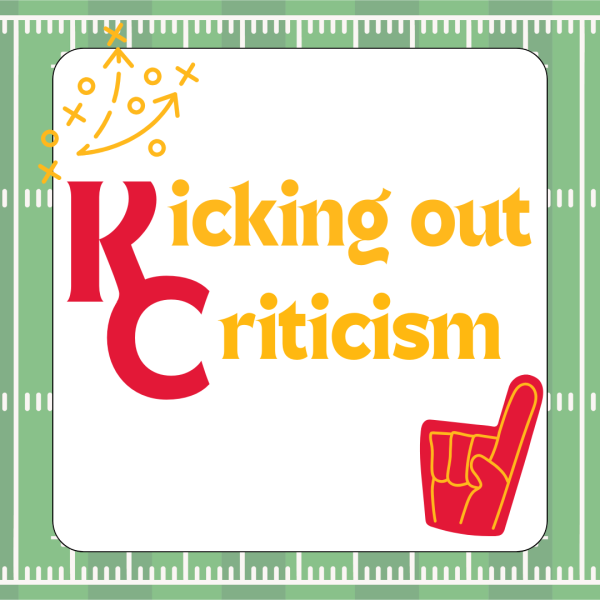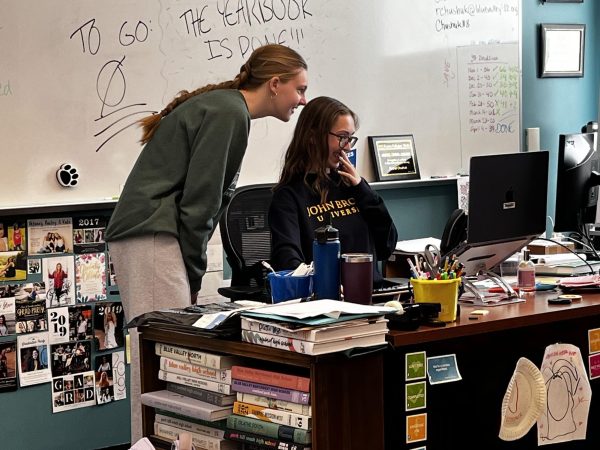Assigned reading is too restrictive on students
Most high school students at one point or another have had to prioritize school over their own personal interests. Free reading is no exception. Whether it is wanting to check out a book that was recently made into movie adaptation or just escaping into an alternate reality for a little while to de-stress, reading is a pastime that many enjoy. However, it has also become a luxury that teens can no longer afford with the demands that come with their everyday lives.
According to The Washington Post, new studies show that reading literary works by choice has declined over the course of several decades. What was initially a reading rate of 57 percent of Americans has declined to 43 percent and continues to follow this downward spiraling trend.
Additionally, Time Magazine goes on to say that the amount of children that read for fun decreases with increasing age, with an estimated 45 percent of 17-year olds reading only once or twice a year.
These statistics exist for a variety of reasons, from the heavy workloads that students face to the way reading is taught in classes. Rather than encouraging reading and the benefits that comes with it, free reading is stifled and replaced with textbooks, homework assignments and assigned reading lists.
In the Blue Valley School District in particular, the policy that dictates which books are approved for assigned reading is No. 4600 which states that it must exemplify “connection to the curriculum … benefits to the course, and … appropriateness for the targeted student.” However, according to English teacher Shauna Rinearson, these reading guidelines are not up-to-date.
“It’s a 15 year old policy. All of the books that are listed on it have been approved and there’s a rationale for our study of them kept on file at the district office,” Rinearson said. “The problem is that it’s very difficult to get new books added to the list so we’re not continually updating it by adding contemporary works. I have not seen a lot of changes to the book reading list. I would like to see some changes.”
Although additions are possible, the process for approval by district is tedious, which can be discouraging to teachers, despite how strongly they feel a book should be taught. It took Rinearson four years to get the novel “The Things They Carried” onto the approved list.
Rinearson said she believes adding modern-day works can further engage readers, as connections from the text to today’s society is more readily available without the added challenge of archaic diction.
Although this connection can be present in many classics such as “To Kill a Mockingbird” and “The Scarlet Letter,” the themes within many other books on the approved list are not always relatable to high school students in the current era. This real life connection is what she aims for in class discussions even within the framework of the approved classics.
“I try to find ways to make the stories, characters and issues come alive in ways we can understand,” Rinearson said. “We have to find ways to bring that into the 21st century.”
Senior Faith Meier said she also thinks many more recently published books could be implemented in a school setting and held to the same standard as any classic. She said she defines a classic as any book that contains substance and a deeper meaning.
“I believe there are books from any time period that don’t contain substance and there are books from any time period that do contain substance, but it’s the ones that contain substance that survive all the years because people enjoy reading something that’s deeper,” Meier said. “There are books that are coming out today that will survive to be classics.”
Although these contemporary works have the potential to bring some much needed excitement to the reading department, the reading list is not the only thing limiting the freedom students have to read. Another flaw in the system is the painstaking way that assigned reading is often taught in the classroom. By doing mindless busy work to simply improve basic reading comprehension rather than allowing discussion to expand on a deeper meaning, students also begin to lose interest and become overwhelmed with the workload. They instead turn to countless websites such as SparkNotes which focuses solely on providing students with detailed summaries of books they cannot understand or do not have time to read entirely in order to complete their assignments. This is counterproductive to what the English class is trying to teach and can cause more harm than help.
Junior Anna Hansen considers herself to be an avid reader, however finds the class structure of frequent assignments or projects to be tedious.
“Sometimes I don’t like how in depth we go with assigned reading because.. I’m like, ‘Just get it over with, I’m done with this’,” Hansen said.
This sentiment is shared by Meier, who said she thinks it interrupts the flow and prevent full immersion to answer questions while reading.
“We don’t get to [read] in our own time or at our own pace,” Meier said. “I think that when we have to stop in the middle of reading something and look something up or answer questions that aren’t directly from the text that is difficult to get back into the book”
If done incorrectly in classrooms, assigned reading can wither the enjoyment of reading and discourage people from become readers for pleasure, entertainment or information outside of school. This kind of reading has many benefits including overcoming stress, increasing empathy and stimulating the mind, according to Huffington Post. By promoting free, independent reading, schools can expect to see an increase in test scores and a less anxiety-filled student body.
However, with busy schedules from various activities and homework for other challenging classes, finding the time to pick up a book can become nearly impossible. Students are forced to prioritize grades in difficult subjects and practices for extracurricular activities over time to wind down and voluntarily read a book of their choosing.
This is a problem for Meier, who said she uses reading as an escape from everyday challenges. She said as her course load grew heavier, reading was placed on a back burner.
“With my current schedule and amount of time I have to use for homework, I do not have much time to read on my own unless it’s homework for school,” Meier said. “But I feel like reading is a way for me to relieve stress and I need that at least once a week, if not more than that.”
For Hansen, rather than being constrained by school work, her extracurriculars prevents her from her typical reading habits. Hansen finds that compared to her previous number of books, how many she is able to complete is significantly reduced.
“I try to make time [to read]” Hansen said “But between school work and the stuff I do for theater, I feel like I do not have as much time as I would like”
It would be beneficial to implement independent reading of the student’s own choice in the high school setting. Rinearson has her own plans for the future of free reading.
“For example, if there were… some sort of forum for kids to talk about the things we read for pleasure or make recommendations for one another… everyone would stay engaged” Rinearson said. “By nurturing a love of reading [we] could increase reading outside of school.”











